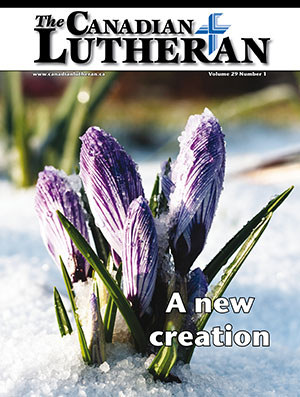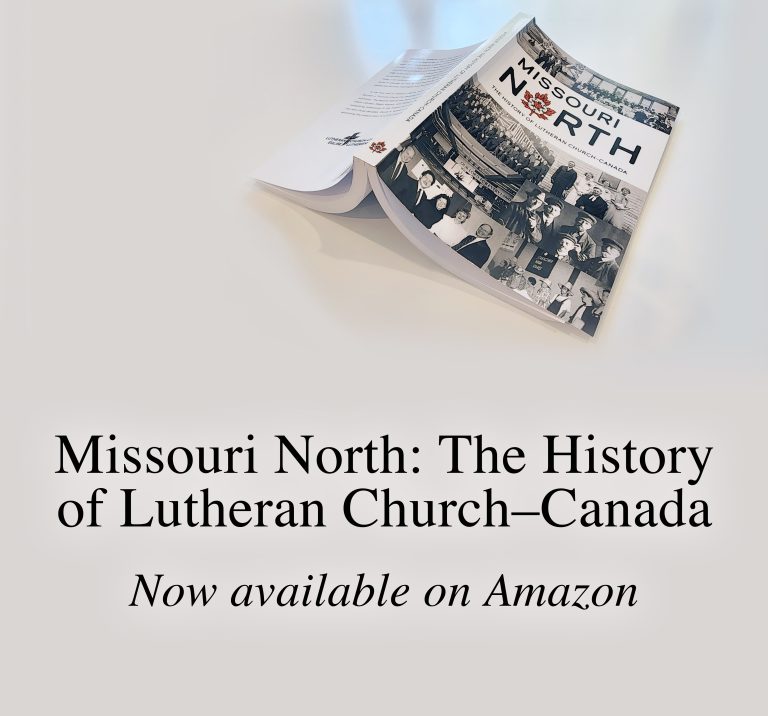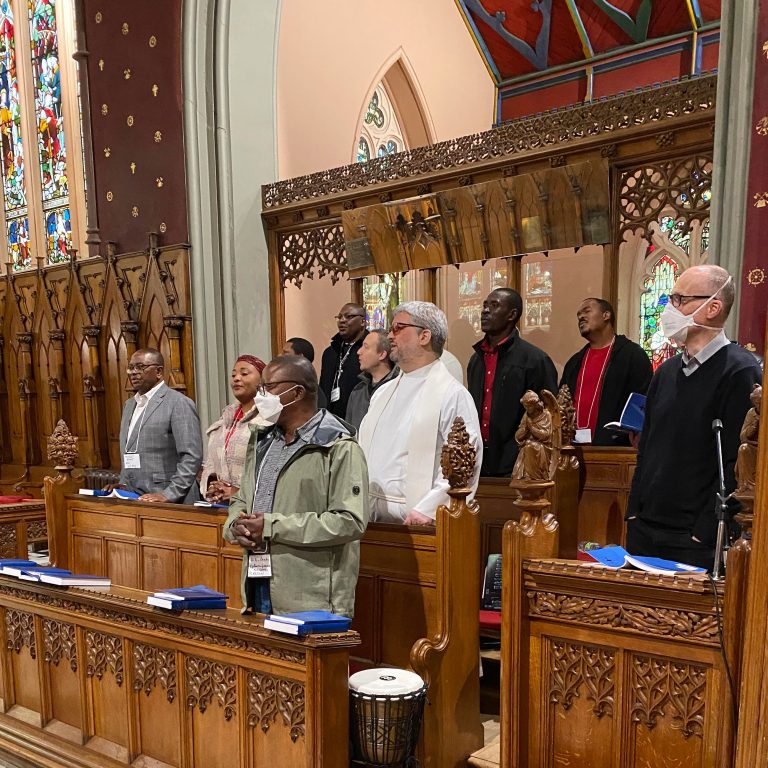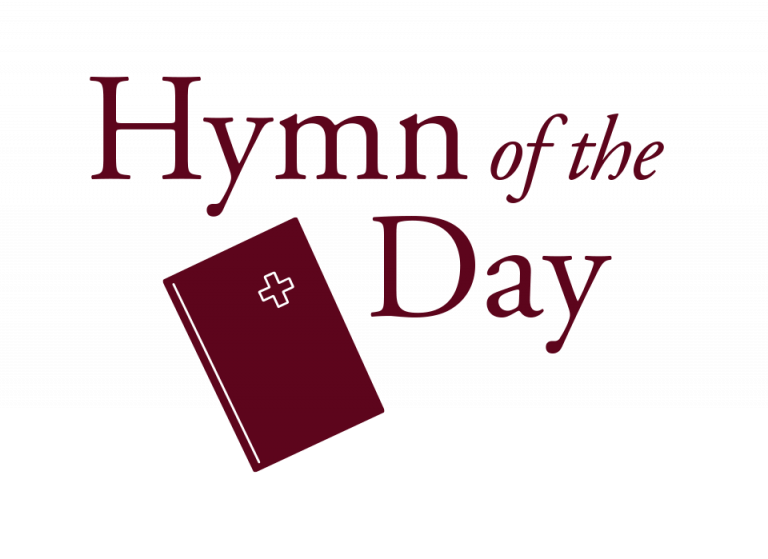Death gives way to life

by Mathew Block
When I first moved to Winnipeg from Regina a few years ago, I couldn’t help but notice little differences between the two communities. I learned quickly, for instance, that Winnipeg was about three times larger than Regina; it took me much longer to travel “downtown” than I had previously been used to. The natural landscape differed too, as I exchanged Wascana Lake for the Red and Assiniboine Rivers. I also learned that, during football season, blue—not green—seemed to be the color of choice here. In short, I noticed all sorts of things that distinguish the capital of Saskatchewan from the capital of Manitoba.
But the thing I noticed first was the darkness. During my first few weeks of work, I would leave the office to find the sun had already set. By the time I made it home, the sky would be completely dark.
It’s not hard to understand why: during the winter, Saskatchewan and Manitoba share the same time. When it’s 5:00 p.m. in one, it’s 5:00 p.m. in the other. But because Regina is so much further west, the sun doesn’t set so soon there as it does in Winnipeg. In fact, sunset comes about a half hour earlier in Winnipeg than in Regina. In December—the month in which I moved—the sun sets around 4:30 p.m. in Winnipeg. In Regina, it hangs on until 5:00 p.m. My move then was just in time for the darkest part of the year.
And dark it was. The change reminded me of the severity of winter in a new way. Yes, Saskatchewan and Manitoba are both cold. But the quicker onset of night in Winnipeg made the winter seem somehow colder.
 As a result, I’ve learned to love mid-January. Every day, the darkness seems to grow a little less when I leave the office. I see the twilight glowing brighter, and I know: the old, cold world of winter is giving way to the coming spring. And though I realize that spring is still rather distant, joyful expectation begins to fill me. Something new is happening. A new world is coming.
As a result, I’ve learned to love mid-January. Every day, the darkness seems to grow a little less when I leave the office. I see the twilight glowing brighter, and I know: the old, cold world of winter is giving way to the coming spring. And though I realize that spring is still rather distant, joyful expectation begins to fill me. Something new is happening. A new world is coming.
Christians have long invoked the signs of spring as symbols for resurrection hope. The barrenness of winter symbolizes death; but as the snows melt, life re-emerges in a mini-resurrection. As the snows melt, the crocus blooms!
Such resurrection symbols are found in abundance in nature, as St. Clement, one of the early Church Fathers, explains. “Let us contemplate,” he encourages, “the resurrection which is at all times taking place” in the natural world. One such example? “Day and night declare to us a resurrection. The night sinks to sleep, and the day arises.”
Let us contemplate the resurrection which is at all times taking place.
St. Clement goes on to consider other symbols of death-giving-way-to-life. Among these is the sowing of seeds. “Let us behold the fruits of the earth, how the sowing of grain takes place,” he writes. “The sower goes forth, and casts it into the ground; and the seed being thus scattered, though dry and naked when it fell upon the earth, is gradually dissolved. Then out of its dissolution the mighty power of the providence of the Lord raises it up again, and from one seed many arise and bring forth fruit.”
The example is derived, no doubt, from Jesus’ words in the Gospel of John: “I tell you the truth,” He says, “unless a kernel of wheat falls to the ground and dies, it remains only a single seed. But if it dies it produces many seeds” (12:24). Here, Jesus intimates, His death will bring new life for others—new life for us! So too, St. Paul tells us using the same metaphor, our own deaths will give way to greater and more glorious life. Our bodies may die, like seeds buried in the ground. But just as those buried seeds bring forth new crops, so too we will exchange our perishable bodies for something greater, something imperishable (1 Corinthians 15:36-44). The resurrection is coming!
Evening gives way to morning. Winter gives way to spring. The death of the seed gives way to new life. For the Christian, these images help us remember that this world, though broken and sinful, will one day give way to new heavens and a new earth. Even now, we see glimpses of the new creation all around us; for where Christ is, life is. But while we see the spring approaching, at the moment we are still in twilight—waiting for the days to lengthen and the Sun to rise in glory. For then, like the flower which slumbers beneath the winter’s snow, we will raise up our heads—looking heavenward as our redemption draws near.
———————
Mathew Block is editor of The Canadian Lutheran.





